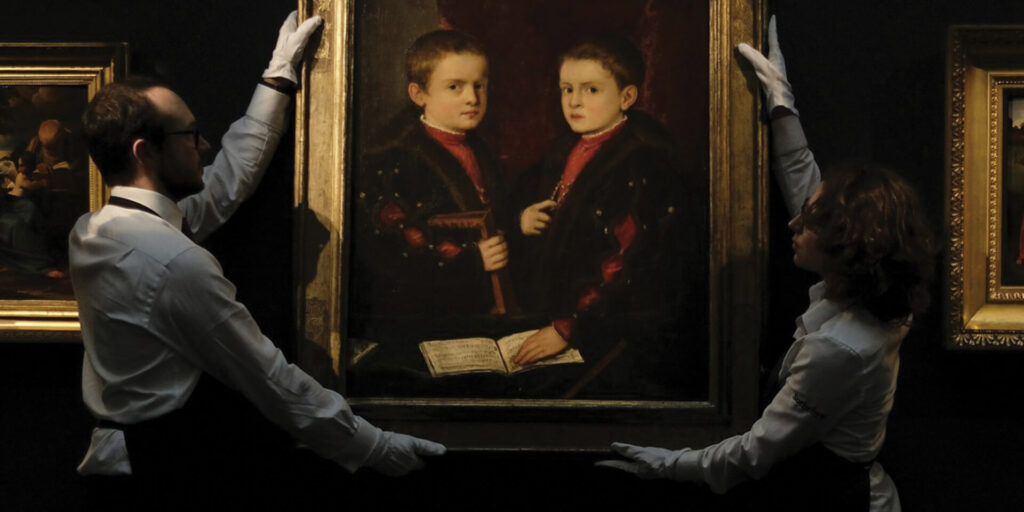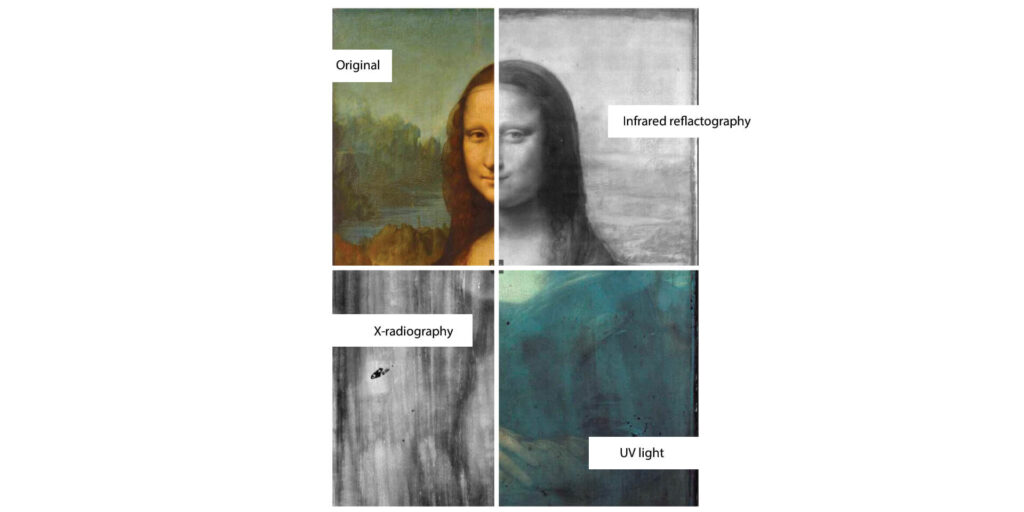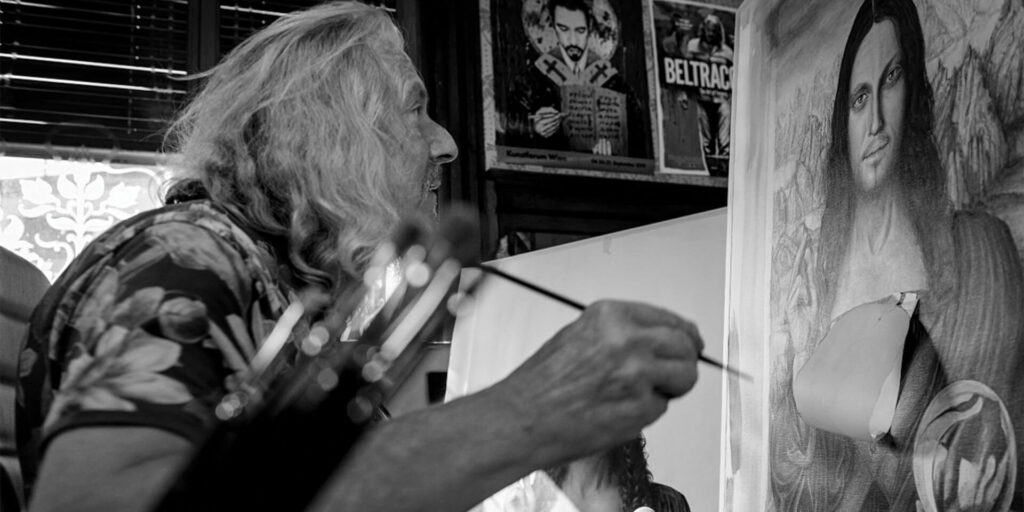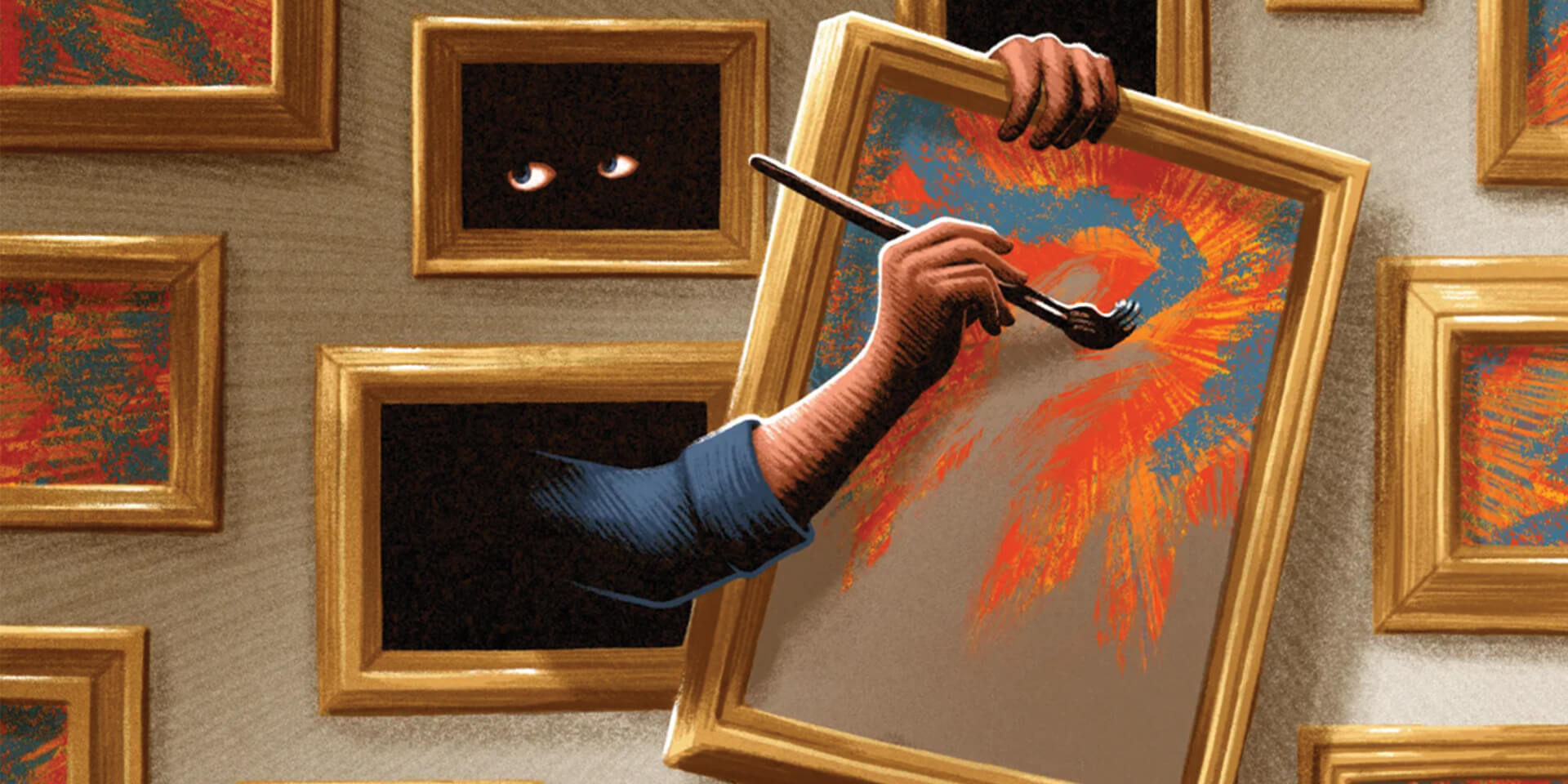Fraud! Scandal! Forgery! In the last couple of years, articles with such eye-catching headlines have very frequently shown up across media platforms globally, all concerning what is most likely the biggest art forgery case of the twenty-first century. As long as there have been artists, there have been art forgers. In the present day, demonstrating that a work of art is a fraud has high stakes. The year 2012 was particularly important in the history of art forgery. Knoedler and Co., which was once New York’s most well-known and oldest art gallery, was sued for twenty-five million dollars over the sale of a phony Rothko painting—a falsification of twentieth-century abstract art. A Long Island couple, with the assistance of a Chinese-conceived painter, had been selling fashioned works as far as anyone knows by Abstract Expressionist experts, for example, Jackson Pollock and Mark Rothko. Since the plan’s revelation, the craftsmanship advertise has been in a condition of stun and change, with tricked purchasers suing, shamefaced specialists leaving, and authorities scrutinizing the validity of their property. The creator of the imitations has been recognized as Pei-Shen Qian, a Chinese foreigner who professes to have been insensible about the way that his works were being sold under affectations.
This is hardly the first or most daring art forgery scheme ever at any point to have been revealed. Art Forgery has been occurring in one way or another over the last couple of centuries. There are all in all countless unidentified works by well-known forgers circling around the art market along with countless others with names that are yet to be heard of. As told by the late Metropolitan Museum of Art executive and well-known expert on fakes, Thomas Hoving, ‘up to 40% of the art he had seen in his museum working career was faked, doctored, or misattributed.’

Regardless of the culprit or the context, forgery schemes continually raise similar issues and discussions. Should a simple attribution have the ability to decide if a masterpiece is worth a large number sum of money be it a few hundred thousands or even millions? How dependable are the supposed specialists when they can be so effectively tricked by master forgers? For what reason do forgers’ works hang in world-renowned museums and galleries under other artists’ names and yet can’t find himself a viewing audience when he signs the works with his own name? Is the art market ludicrous, and do collectors urge fellow buyers to exploit them? These questions undoubtedly factor heavily when it comes to discussing the aspect of art forgers in the art market.
